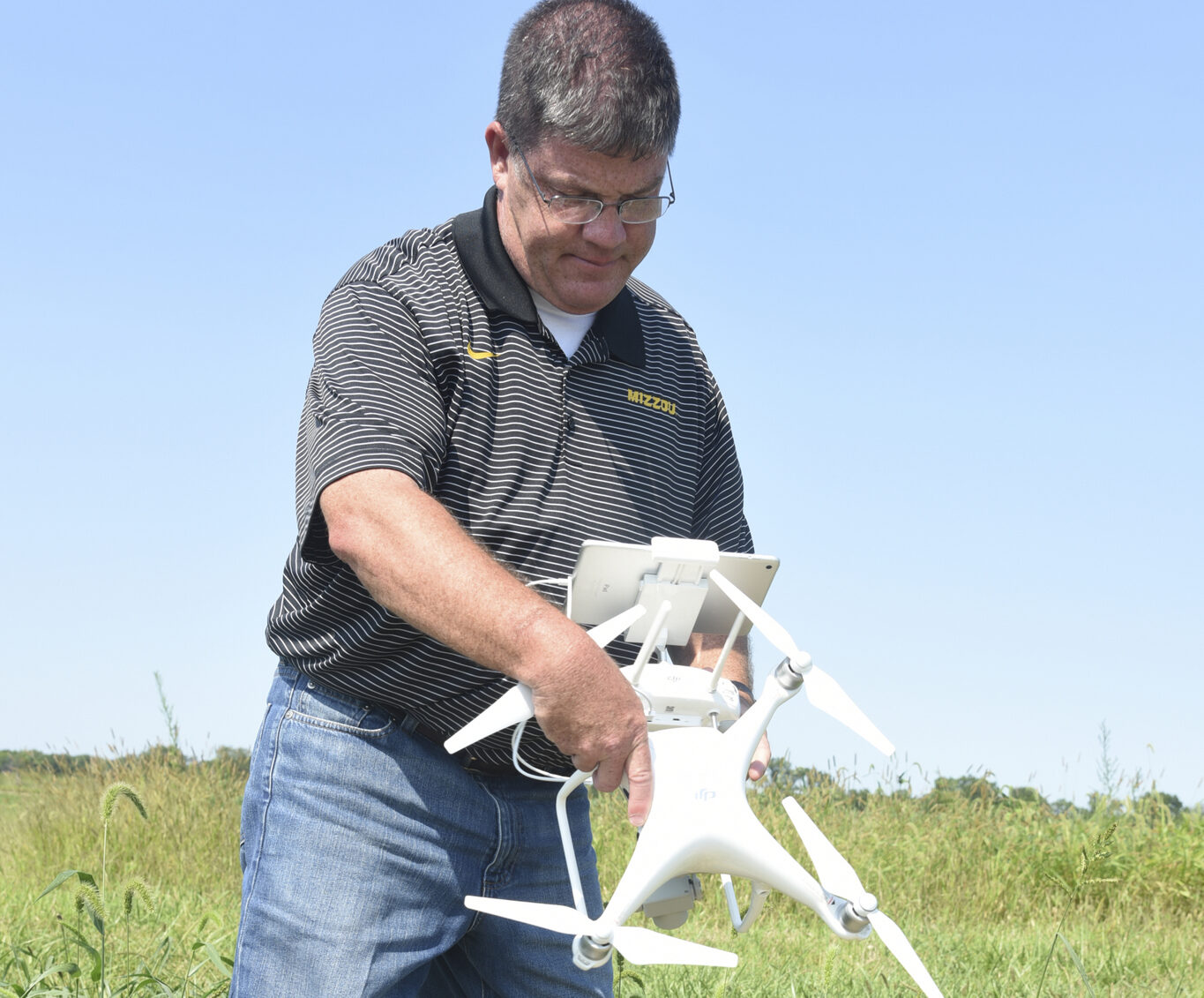Technology inches farming toward autonomy

COLUMBIA, Mo. – Armchair farming may not be here yet, but it’s getting closer.
In a press release, Kent Shannon, University of Missouri Extension agricultural engineering specialist said, “Autonomy in agriculture isn’t as far away as you think.”
Agriculture is rapidly shifting to technology that can increase land efficiency, reduce labor shortages and streamline food production, Shannon says.
Imagine a world where tractors and combines can run without a driver all day and all night, he says. Autonomous tractors won’t clock out at the end of the traditional work day or call in sick.
A new generation of farmers raised on technology is moving the industry ahead at a quickening pace. Shannon points to the use of GPS-guided tractors and combines with autosteer. In 2005, only 6% of farmers used this technology, compared to 85% in 2022. Likewise, more than 70% of farmers began using GPS-enabled sprayer booms with nozzle control since 2010. Other precision technologies gaining popularity include fleet tracking, scouting with mobile devices and predictive models for treating pests.
Half of dealers are using telemetry to share information among applicators to office locations. More than two-thirds of dealers offer precision soil sampling, yield monitor analysis, satellite or aerial imagery, VRT (variable rate technology) fertilizer and lime applications and VRT seeding prescriptions. One of the largest growth areas is using drones for precision pesticide application.
Croplife magazine reported these results in its July 2022 issue after Purdue University surveyed cooperatives, independent retailers and others in the Midwest.
Nitrogen management is one of the areas where new technology can most benefit farmers, says Shannon. Computer-driven application rates that are site-specific let growers apply fertilizer where needed and – just as importantly – not apply it in areas where it would not benefit the crop. Computer-aided planting helps in avoiding skips.
Tractors are becoming more versatile, with interchangeable chassis compatible with different brands of existing equipment. Smaller, lighter tractors reduce compaction.
There are numerous issues to consider as technology evolves, Shannon says. How will farm equipment travel on rural roads? How will farm liability insurance differ for autonomous equipment?
For more information, contact Shannon at shannond@missouri.edu or follow him on Twitter at twitter.com/GPSMUTiger.
Miss Clipping Out Stories to Save for Later?
Click the Purchase Story button below to order a print of this story. We will print it for you on matte photo paper to keep forever.

